A Thread End Forged Steel Globe Valve is a type of valve designed for regulating or isolating flow in a pipeline. It is constructed from forged steel, which provides high strength and durability, making it suitable for high-pressure and high-temperature applications. The "thread end" refers to the valve's end connections, which are threaded for easy installation into piping systems.
Product Details:
Size: 3/8”- 2”
Pressure: Class 800LB-1500LB
Material: A105, F22, LF2, F304, F316, F304L, F316L
Design Std: BS 5352-NF M87.412
Testing Std.: API 598, BS6755
Ends Std.: Socket weld ends to ANSI B16.11, Screwed ends (NPT) to ANSI B1.20.1, Butt weld Ends to ANSI B.16.2
Bore Type: Reduced Bore, Full Bore
Key Features:
-
Material: Made from forged steel (e.g., ASTM A105, A182 F11/F22, or F304/F316), offering excellent mechanical properties and resistance to high temperatures and pressures.
-
Globe Valve Design: Features a globe-shaped body with a movable disk and stationary ring seat. The disk moves perpendicular to the flow path to regulate or stop the flow.
-
Threaded Ends: Equipped with threaded (screwed) ends for easy installation and connection to threaded pipes or fittings.
-
Flow Regulation: Provides precise flow control due to its linear motion design, making it ideal for throttling applications.
-
Pressure Rating: Designed to handle high-pressure applications, with pressure ratings defined by standards like ANSI, ASME, or API.
-
Temperature Range: Suitable for a wide range of temperatures, depending on the forged steel material and seat design.
-
Sealing: Typically uses soft seats (e.g., PTFE) or metal-to-metal seating for tight shut-off and durability.
Advantages:
-
Durability: Forged steel construction ensures high strength and long service life.
-
Precise Control: Excellent for throttling and regulating flow.
-
Compact Design: Threaded ends simplify installation and reduce space requirements.
-
High-Pressure Capability: Suitable for demanding high-pressure applications.
Considerations:
-
Pressure Drop: Globe valves typically cause a higher pressure drop compared to other valve types (e.g., ball valves).
-
Flow Direction: Must be installed with the correct flow direction (usually indicated by an arrow on the valve body).


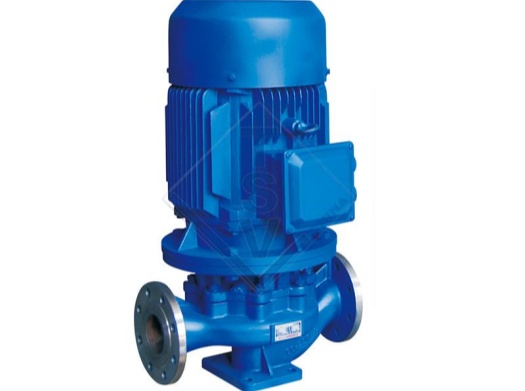
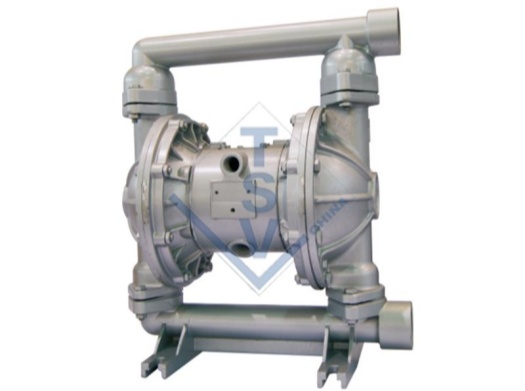
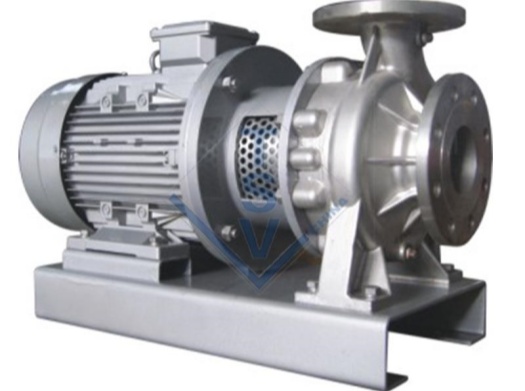
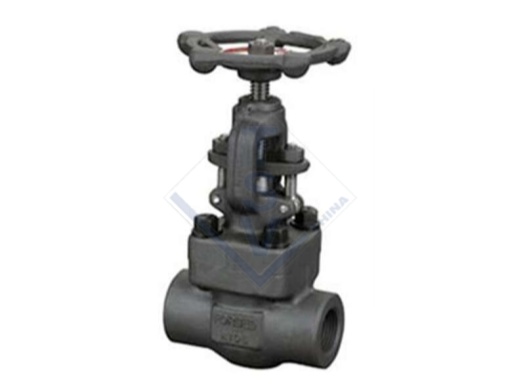
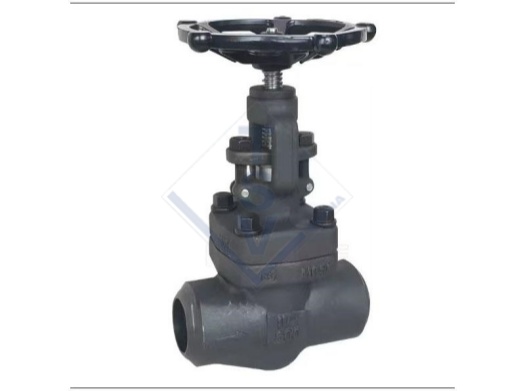
 Request a Quote
Request a Quote